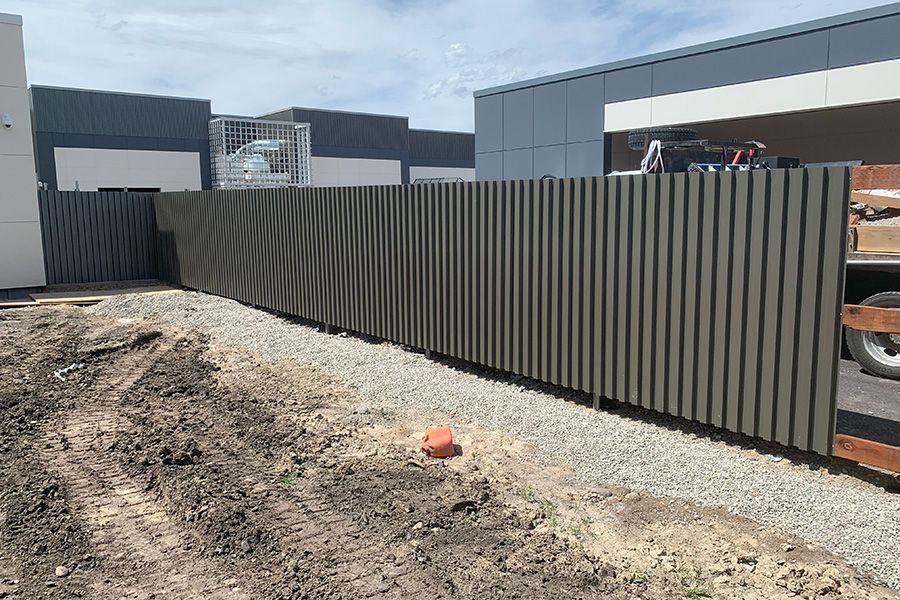Vinyl vs. Wood: A Comprehensive Overview
When it comes to choosing the perfect fence for your home, the decision often boils down to two popular materials: vinyl and wood. Both options offer unique benefits and drawbacks, making the choice highly dependent on your specific needs, aesthetic preferences, and budget.
In this article, we’ll compare the key features of vinyl and wood fences to help you make an informed decision.

Is Vinyl Fencing Right for You?
- Durability: With excellent resistance to weather conditions, pests, and rot, vinyl fences are built to last.
- Low Maintenance: Vinyl fences are easy to maintain, requiring minimal effort—just a simple wash from time to time.
- Cost: While the upfront cost can be higher, the long-term savings on maintenance make vinyl a cost-effective option over time.
- Drawback: One downside of vinyl fences is the limited range of colors and styles, which might not suit every design preference.
Wooden Fences: Pros and Cons
- Aesthetic Appeal: Wooden fences have a timeless, natural charm and can be customized with various stains and paints.
- Cost: Typically, wood fences are less expensive upfront compared to vinyl.
- Maintenance: To keep wood fences in good condition, you must regularly paint, stain, and repair them to avoid issues like rot and pest damage.
- Lifespan: Wood fences tend to have a shorter lifespan, especially in areas with harsh weather conditions.
Comparing Costs: Vinyl vs. Wood
The initial cost of a vinyl fence is often higher than that of a wood fence. However, vinyl’s low maintenance requirements can save you money in the long run. Wood fences, while cheaper to install, may require frequent upkeep, which can add up over time.
If you’re planning for a long-term investment, vinyl may be the better value. For short-term needs or projects with a tight budget, wood can be a more economical choice.
Which Fencing Material is More Eco-Friendly?
Wooden fences are often seen as more eco-friendly due to the renewable nature of wood. However, chemically treated wood may have a higher environmental impact. Vinyl, while not biodegradable, can last much longer, reducing the frequency of replacement.
Consider sourcing sustainably harvested wood or recycled vinyl for a greener choice.